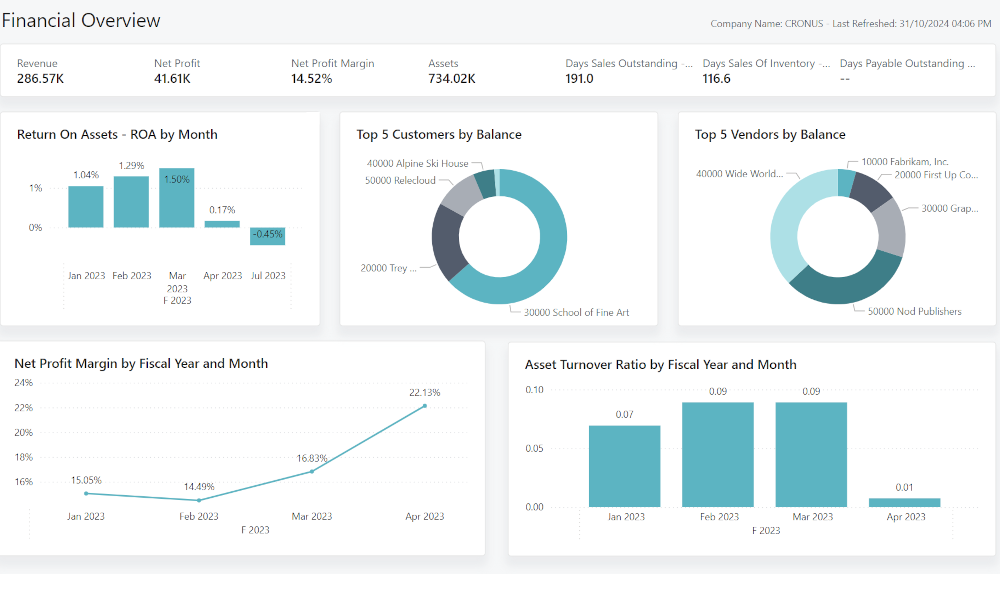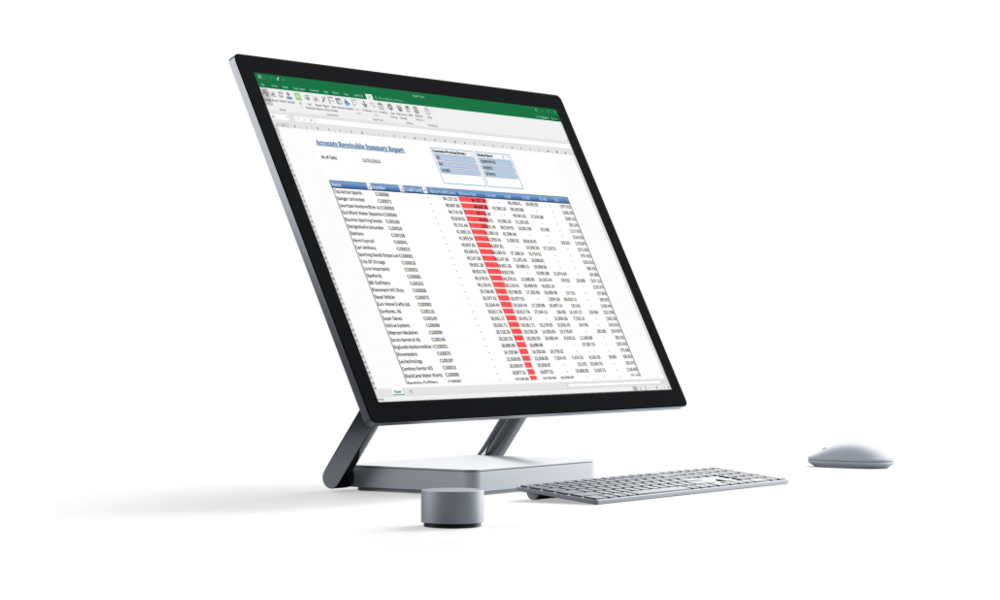Choosing an ERP system is a decision that requires a thorough evaluation of both the business requirements that the future system needs to cover and the actual software solution. If you are about to make such a decision, it is important to understand from the outset which requirements can be addressed through the configuration of the ERP system and which will require customization (also known as custom development in industry jargon). First, we’ll clarify what each entails and then explain why it is so important to make this distinction when selecting a solution or an implementation provider.
Configuration of the ERP System
Configuration essentially involves setting up parameters by the implementation consultant to ensure that the ERP system meets the client’s business requirements. Practically, the consultant accesses the application and inputs information or checks various fields so that the application behaves in a certain way. ERP systems are designed to cover various working scenarios and be used by companies in diverse industries. For example, if we are implementing the ERP system for a company that deals with inventory, it is clear that we need to define locations in the system, establish possible transfer routes between locations, configure item tracking methods (by lot or serial number), and set up documents to be used for procurement, sales, transfer, etc. All these need to be configured. Different configurations will be made if, for instance, we implement it for a service company or a project-based company. What is important to remember: configuration is performed by the consultant and is done through the user interface, which means that, in principle, the user can also make configurations after the system is implemented.
Customization of the ERP System
Customization comes into play when the standard functionalities of the ERP system do not cover your company’s business requirements, and additional developments are necessary. This means that a consultant will analyze these requirements with you (the client), present them to the developer, the developments will be carried out, tested, and finally integrated with the rest of the ERP system. It is a laborious process and, generally, you realize its success only towards the end of the implementation. Of course, not every customization is difficult: if, for instance, you need a particular invoice format, it can be created relatively easily and without significant implications for the rest of the system.
How to Choose the ERP System
At the beginning of this article, we mentioned that when choosing an ERP system, it is important to distinguish between business requirements that will be met through configuration and those through customization. Now, we’ll explain why this distinction is important.
Implementation Costs
From a cost perspective, customizations are always the big unknown. An implementation provider will know how to accurately estimate the costs of configuring the system compared to the costs of a new development, which they may have never done before. Customizations involve additional stages of analysis and design, detailed documentation, rigorous testing based on test scenarios, etc., but all these vary from one customization to another, making it significantly more difficult to budget them correctly. And when budget errors occur, they usually involve underestimating the costs.
Success of the Implementation
The more extensive the customizations and the more they pertain to essential business requirements for your company, the higher the implementation risks. Even if the implementer can handle technically complex developments, evaluating their impact on the rest of the system is challenging. Sure, there are dedicated methodologies to analyze risks and prevent potential issues, but even so, the final result may not meet expectations.
How to Minimize Implementation Risks
From what we have said so far, it should not be inferred that customizations should be avoided at all costs. Often, it is not possible, and in fact, it is very rare for an ERP system implementation to be achieved 100% through configuration.
However, when making the implementation decision, you can apply the following strategies to minimize the impact of customizations:
- When customization is necessary, consider if there is a standard functionality that, while not exactly covering your business requirement, is good enough for you. Perhaps what you want additionally does not justify the financial effort and risk.
- If the customization pertains to process automation that could initially be done manually, it is better to postpone the automation for a later implementation phase. Not all business requirements need to be met from the start.
- If the customization covers a fundamental requirement and requires significant system changes, consider implementing an “add-on” solution. Although financially it may be a larger investment, it is always better to use a dedicated solution than to ask the implementer to build something from scratch. In the case of Dynamics Business Central ERP system, there are thousands of add-ons available in the market (see Microsoft AppSource), and it is very likely that someone has already created an add-on for your business needs.
Elian Solutions is part of the Bittnet Group, active for over 15 years as an implementer of the Microsoft Dynamics 365 Business Central ERP system. With a team of over 70 employees and a portfolio of over 250 clients, Elian Solutions is one of the key Microsoft partners for ERP systems.







